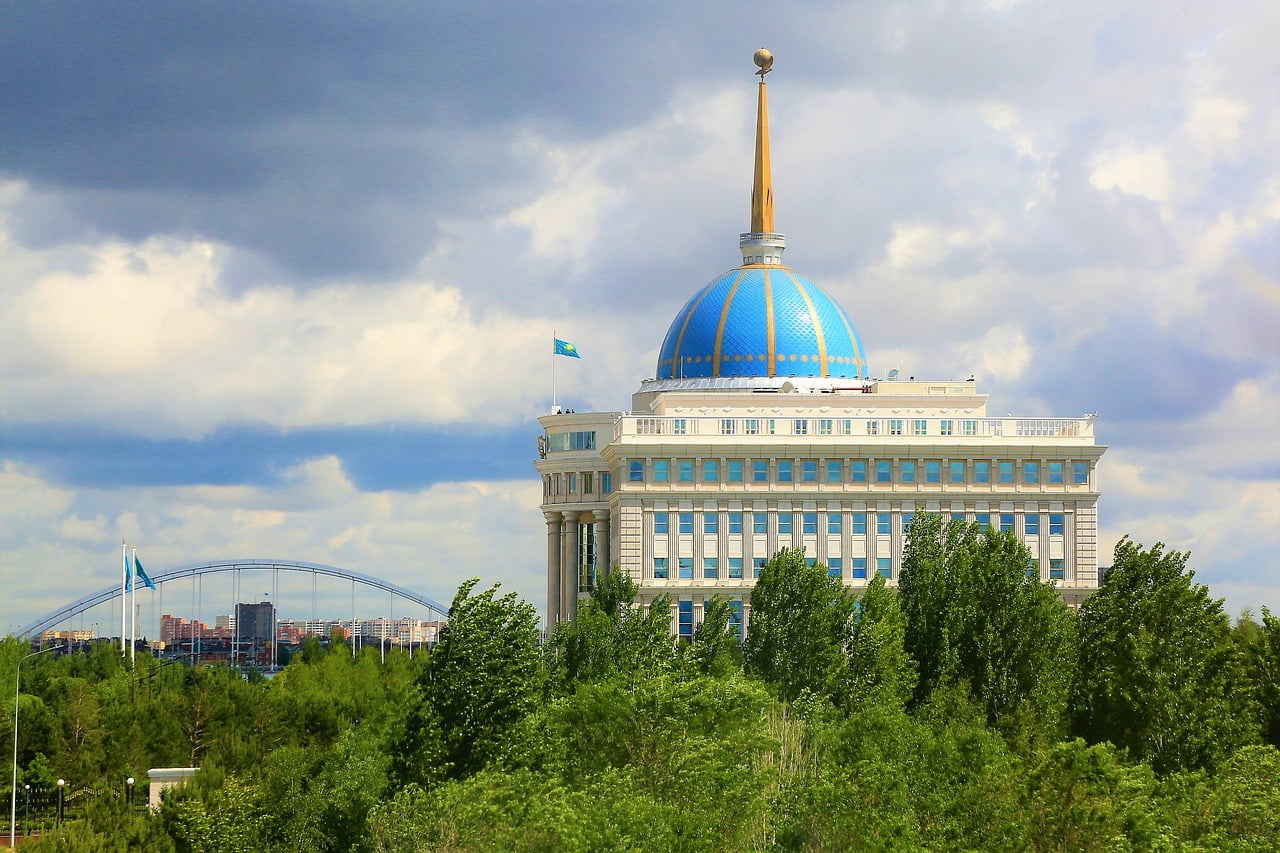Kazakhstan, a land of rich cultural heritage and diverse traditions, is home to Kazakh Sign Language (KZSL), a crucial means of communication for the Deaf community in the country. As a visually expressive language, KZSL plays a pivotal role in fostering inclusivity and bridging communication gaps, reflecting Kazakhstan’s commitment to embracing linguistic diversity.
Origins and Evolution
KZSL, like many sign languages, emerged organically within the Deaf community over time. Its roots can be traced back to indigenous sign systems that were used among deaf individuals in Kazakhstan. Over the years, KZSL has evolved and developed its own unique grammar, syntax, and vocabulary, catering to the specific needs and culture of the deaf community in the region.
Usage and Community
Estimates suggest that approximately 50,000 to 70,000 people in Kazakhstan use KZSL. This community comprises individuals who are deaf or hard of hearing, along with their families and friends who may learn KZSL to facilitate communication. The language acts as a bridge, enabling Deaf individuals to access education, employment, and social interactions on par with their hearing counterparts.
Standing with the Government
While KZSL is not officially recognized as a national language in Kazakhstan, the government has taken steps to support the deaf community and promote sign language. Efforts have been made to incorporate KZSL into educational institutions and provide resources for sign language interpretation in certain public services. However, there’s ongoing advocacy for the official recognition of KZSL to further solidify its importance and ensure better access and rights for the deaf population.
Challenges and Progress
Despite the strides made, challenges persist in providing full accessibility and integration for the deaf community. Limited availability of qualified sign language interpreters, inadequate educational resources in KZSL, and societal misconceptions about deafness pose hurdles. Nevertheless, ongoing efforts by advocacy groups and individuals dedicated to promoting KZSL are steadily addressing these challenges.
Cultural Significance
KZSL isn’t merely a mode of communication; it embodies the cultural identity and heritage of Kazakhstan. Deaf cultural events and gatherings often incorporate sign language storytelling, performances, and artistic expressions that celebrate the linguistic and cultural nuances of KZSL. These events serve as platforms for both the deaf and hearing communities to appreciate and engage with the richness of this unique form of communication.
Interesting Facts
- KZSL shares some similarities with other sign languages in the region, such as Russian Sign Language (RSL), due to historical influences.
- Efforts are underway to develop more educational materials and resources in KZSL to enhance learning opportunities for the deaf community.
- The Deaf community in Kazakhstan actively participates in advocating for their rights and raising awareness about the importance of KZSL.
Future Outlook
As Kazakhstan continues its journey of progress and development, there’s optimism for the future of KZSL. With increased awareness, educational initiatives, and technological advancements, such as digital learning platforms and improved access to interpretation services, the prospects for enhancing accessibility and recognition of KZSL appear promising.
In conclusion, KZSL stands as a testament to Kazakhstan’s commitment to inclusivity and linguistic diversity. Its further recognition and integration into various facets of society will undoubtedly contribute to a more inclusive and equitable future for the deaf community in Kazakhstan.



